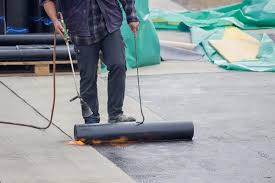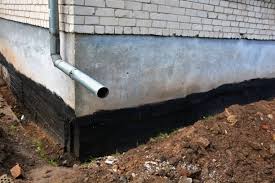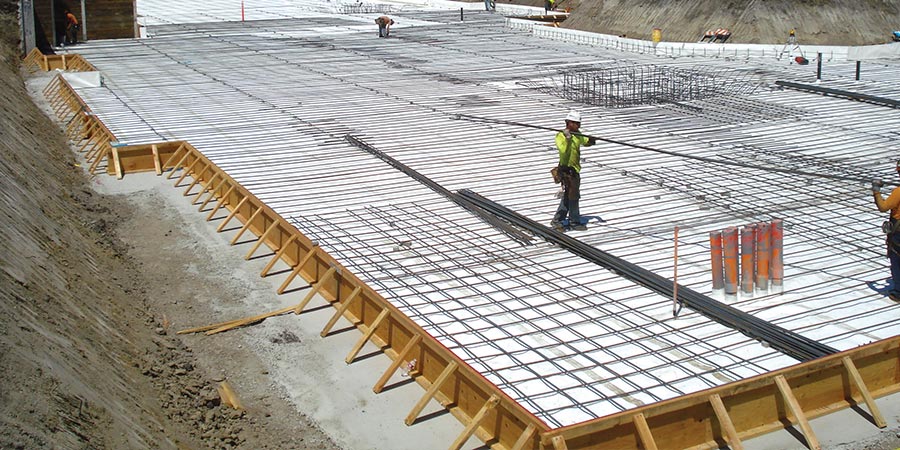How to waterproof foundation inside out side
1. Introduction
If you have a basement that is not waterproofing, chances are it’s because of the wrong materials. Even if you are careful to follow all of your local codes and regulations, there will always be some mistake made somewhere. One of the problems with basements is that they often lack proper ventilation. inside out side That may seem good at first, but it actually causes a lot of health issues. https://buildmakaan.in/product-category/building-material/cement-in-gurgaon/
The home has no fresh air coming in or going out for people who don’t work in the basement and tend to become sick from breathing in carbon monoxide fumes. It also brings in moisture from outside which can lead to mold and other issues with the home’s health. Therefore, it is important to have a well-maintained basement to prevent any problems with health or safety issues over time.
There are several things that can be done to improve a basement’s quality; this include waterproofing, as well as installing an air filtration system which will help keep the moisture levels down and help reduce mold when needed. How to waterproof foundation inside out side https://buildmakaan.in/

2. Types of Basement Waterproofing
How did you get started with basement waterproofing? When it comes to basement waterproofing, there are many different types that can be used to create a safe, secure and cost-effective solution for your home. The first thing that homeowners need to do is decide on the type of waterproofing material they will use. Below is a list of some of the most common brands of basement waterproofing materials:
1. Fillin Structural Basement Waterproofing Based on Sheet Metal2. Fill-in Structural Basement Waterproofing Based on Brick or Stone3. Fill-in Structural Basement Waterproofing Based on Drainage/Groundwater Protection Systems4. Roof and Ladder Underlayment Waterproofing Based on Roof, Roof Tile, Masonry or Concrete Underlayment5. Fire Retardant/Sealant Material Used to Prevent Fire from Attending The Structure
3. Before You Begin Waterproofing
Waterproofing your basement is a good idea, but not without careful planning and preparation. Before you begin, you should decide if you want to waterproof the basement or not. You need to decide whether you want to spend money to get the job done or do it yourself at a fraction of the cost. If you decide against waterproofing, you can go in and do it yourself. If you do choose to waterproof your basement, here are some questions that https://buildmakaan.in/product-category/building-material/cement-in-gurgaon/
need answering:1) Is there a leak?2) What is the thickness of the outer layer?3) Are there any cracks in the ceiling?4) How thick does the insulation be? (Insulation is installed on one side of walls and then sealed up with a piece of plastic.)5) Do you have electric in some areas? (You will need to plug in your electric outlets if they are exposed underneath.)

4. Do Your Research
It’s not easy to find the right information when it comes to basement waterproofing. In fact, there are many different websites dedicated to the topic. And it’s not just a matter of finding the one that says it will do the job perfectly. It’s now a matter of how many times you can get your money’s worth out of the information you do get.
For example, if you want to properly waterproof a basement floor, you need to find out what type of basement waterproofing is best for your specific needs. But before doing that, you need to know what kind of basements you have. Although basements vary in size from one room to another, the most important thing is that they should be water-tight enough for people who use them regularly and those who are involved in cleaning them regularly. The same goes for any other home improvement project:
if there isn’t enough research available on what works and what doesn’t work for your particular situation, then you won’t be able to make good decisions about your next project. Before getting started with any basement waterproofing project, make sure that this step is done correctly and thoroughly by using proper methods and materials. If done incorrectly or poorly, then it can lead to major problems with materials and even serious injuries if something goes wrong during the process. https://buildmakaan.com/
5. Put Up Walls, Install a Drainage System for Your Basement
When it comes to waterproofing, it’s all about the drainage system. If you don’t do this first, the basement will become an ever-growing swamp. This will eventually cause your foundation to fail and lead to mold growth. Porch Waterproofing is a solid investment if you choose the right products for your needs. It will last for decades without having to be replaced every 5 years. In regards to basement waterproofing,
it’s also important how you go about doing it. If you can’t go through with installing a drainage system in your basement before adding walls and installing a ceiling, then there are no good reasons why you should be working on trying to add a drainage system in your basement at all.
The reason why this is important is because there are many things that can happen when adding walls to your home. Some of these things may not even be visible right away but they can still have an effect on how effective the drainage system is going to be in the long term. If there isn’t a drainage system installed, then mold could grow anywhere throughout the home and create a bad situation for everyone in your family who lives there.

6. Conclusion
There are many ways to do basement waterproofing. First of all, you have to determine if the problem is with a leaking roof or wall. If it’s the roof and the wall is leaking, you can do a top-roof waterproofing job. Roof waterproofing is simpler than wall waterproofing but more costly as well.The next thing you want to do is to determine the cause of the problem because there are different types of problems that can be caused by a leaky roof or wall such as water or ice intrusion and clogged drains.
2.You also need to keep in mind that if it’s already been raining heavily then chances are high that there will be snow piled up on your roof and in your crawl space. While these snow piles may not be enough to stop water from entering your garden, they will help block them so that they will not leak into your house when it rains heavily again.
When it comes to winterizing your home in preparation for winter, you need to make sure that all major plumbing lines are properly blocked up with caulking before any water enters them to prevent any possibility of freezing pipes from entering the house during winter storms and causing damage inside your house from freezing pipes and damaging appliances.
IN order for a basement waterproofing job to work properly, however, you also need to be aware of some precautions you should take when doing this type of work so as not to run into trouble later on when it’s time for repairs. buildmakaaan For example, don’t forget about all exterior doors and windows during this process because moisture will continue flowing inside your home even at low temperatures when water drips through exterior doors and windows during a rainy season especially if they are opened slightly due either rain or snow accumulation on them due how cold air is moving around inside the house.
It may seem like an unnecessary precaution but remember that the basement is located below ground level so moisture can still easily get into the home even though exterior doors and windows are open no matter how dry things get outside because outside air pressure will still force moisture out into the indoor environment where people live. Another thing before starting any kind of basement waterproofing project is making sure thttps://buildmakaan.in/product-category/building-material/cement-in-gurgaon/hat all electrical outlets have been properly blocked off by putting insulation over them with duct tape just
in case something were ever damaged due to accidental lightning strikes or other causes outside our control such as natural disasters or windstorms going through specific areas of our homes so as not affect electric appliances including refrigerators

